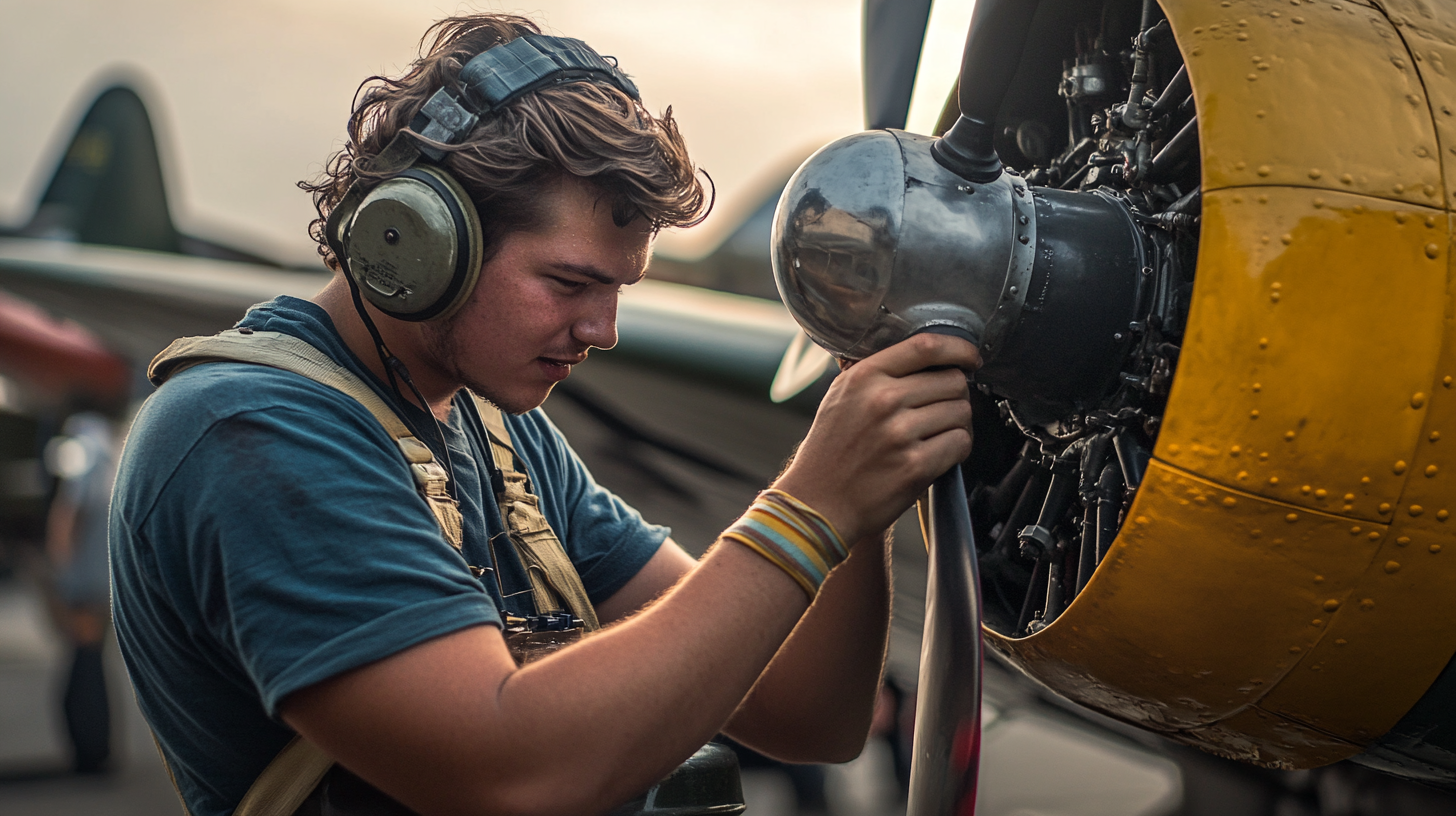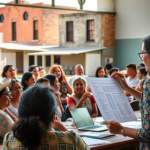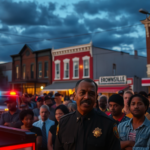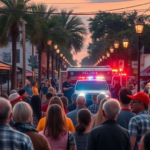Restoring Aviation History: A Revival at Weslaco Airport
The Rio Grande Valley, a region steeped in rich cultural and historical significance, is embracing yet another chapter of preservation and celebration at the Mid-Valley Airport in Weslaco. A dedicated group of enthusiasts has taken the helm of an ambitious project to restore and exhibit vintage warplanes, aiming not only to reignite interest in aviation history but also to foster a deeper appreciation for the role of aviation in the region’s past and future.
A Mission of Preservation
At the heart of this restoration effort is Jeremy Reiley, a vintage aircraft restorer with deep ties to the area. Reflecting on his childhood, Reiley recalls the impromptu airport visits that sparked his passion for aviation. “As a kid growing up in the 70s and 80s, I skipped school a lot to ride my bike to the airport to hang around the old airplanes,” Reiley reflects, highlighting the allure and historical significance these aircraft possess.
Reiley, alongside a small cohort of like-minded restorers, is fervently working on a collection of planes featuring the Vultee BT-13, a basic trainer aircraft integral to World War II aviation training. “It gives me goosebumps right now, thinking who were these people that learned to fly in this airplane? Where are they now?” he wonders as he meticulously restores these relics of the past.
Historical Context and Local Impact
The significance of these restoration projects extends beyond mere historical fascination. During World War II, the Vultee BT-13 served as a trainer at various stages, preparing pilots for combat. Its presence in the Valley is a testament to the area’s involvement in military efforts, particularly in training operations for gunners along the coast.
“Somebody got to fly these airplanes, while other people flew behind and shot at this bedsheet,” Reiley notes, describing training exercises at what is now the Cameron County Airport. This sense of history is not lost on Valley residents, who see the project as a bridge connecting the present with a bygone era of bravery and innovation.
Preserving the Legacy for Future Generations
Reiley’s passion is mirrored by a broader vision for the Valley—one that includes showcasing these restored planes at air shows and eventually housing them in a dedicated museum. Such initiatives aim to educate younger generations about the Valley’s aviation history, creating a space where stories of courage and technological advancement can inspire future pilots and engineers.
Potential plans for an aviation museum in the Valley would not only preserve these aircraft but also serve as a cultural and educational landmark. Reiley envisions a vibrant community hub that draws visitors from beyond the region, adding, “Many of us believe we’re not the owners of these airplanes. We’re just a caretaker and our job is to make sure they’re still flying and sharing their stories long after we’re gone.”
Challenges and Community Engagement
Restoring vintage aircraft is not without its challenges and complexities, given the scarcity of parts and the expertise required. The restoration team relies heavily on community support and the dedication of skilled volunteers to bring these aircraft back to life. This labor of love underscores a collective effort, representative of the Valley’s resilience and community spirit.
Jose Treviño, a local historian and advocate for the project, emphasizes its importance: “Projects like these are crucial for maintaining the Valley’s rich historical tapestry. They offer a tangible connection to our past and remind us of the innovative spirit that has always defined our community.”
The project also highlights a broader need for support, with community members encouraged to take an active role whether through volunteering, donations, or simply spreading awareness.
Looking Forward
As the restoration progresses, its implications for the RGV grow increasingly significant. By fostering a renewed interest in historical and military aviation, the project not only preserves the Valley’s contributions to history but also leverages these stories as a platform for future educational initiatives. It presents an opportunity to position the RGV as a hub for aviation enthusiasts and historians alike.
The restoration of these warplanes serves as a testament to the tenacity and vision of the Rio Grande Valley community, carving out spaces where history can be remembered, celebrated, and used as a stepping stone into tomorrow. By aligning past achievements with future aspirations, efforts at the Mid-Valley Airport ensure that this vibrant history remains a living, breathing part of the Valley’s legacy.
For those interested in learning more or getting involved, information is available through local channels, ensuring that the community remains at the heart of this inspiring journey of revival and preservation. Valley residents are not only witnesses to history but active participants in its ongoing narrative—one that promises to soar high for years to come.







